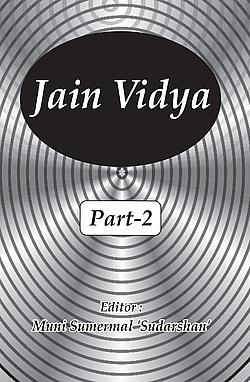Tattva means 'that which exists'. There are nine categories of truth (nine tattvas):
Jiva (soul-sentient entities), ajiva (non-sentient entities), punya (auspicious karma), papa (inauspicious karma), ashrava (the inflow of the karmic particles in to the soul), samvara (stopping the imflow of the karmic particles), nirjara (shedding off the karma), bandha (binding of the karmic particles to the soul) and moksha (liberation completely from karmic bondage).
1. Jiva (sentient entity) - that which has consciousness- vital force- and has an inborn trait to know and experience joy and sorrow as well as the capacity to produce the off springs like him is called jiva.
2. Ajiva (non-sentient entity)- that which is devoid of consciousness- life force and is bereft of the power to know and experience the joy and sorrow is called ajiva.
3. Punya (beneficial karma) -the karmic material clusters which a soul acquires through its auspicious activity are called punya.
4. Papa (harmful karma)-the karmic material clusters which a soul acquires through its inauspicious activity are called papa.
5. Ashrava (the inflow of the karmic particles to the soul)- The state of soul that is cause for the inflow of the karmic particles is called ashrava.
6. Samvara (stopping the inflow of the karmic particles) - The state of soul that is cause for inhibition, stops the inflow of karmic particles to the soul is called as samvara.
7. Nirjara (the elimination of the karmic particles)- the purity of soul acquired by the elimination of karmas through austerities is called nirjara.
8. Bandha (Bondage) - bondage of the karmic particles to the soul, both auspicious and inauspicious-is called bandha.
9. Moksha (liberation from karmic bondage)- It is a state of the soul which has been liberated from all forms of karmic bondage, worldliness. In other words attaining the pure nature of the soul is called as moksha.
Question:
- How many categories of truth are there? Narrate them.
- What is the meaning of punya?
- What is the state of soul that indicates the inflow of karmic particles?
- What is the difference between jiva (sentient entities) and ajiva (non-sentient entities)?
 Muni Sumermal (Sudarshan)
Muni Sumermal (Sudarshan)
